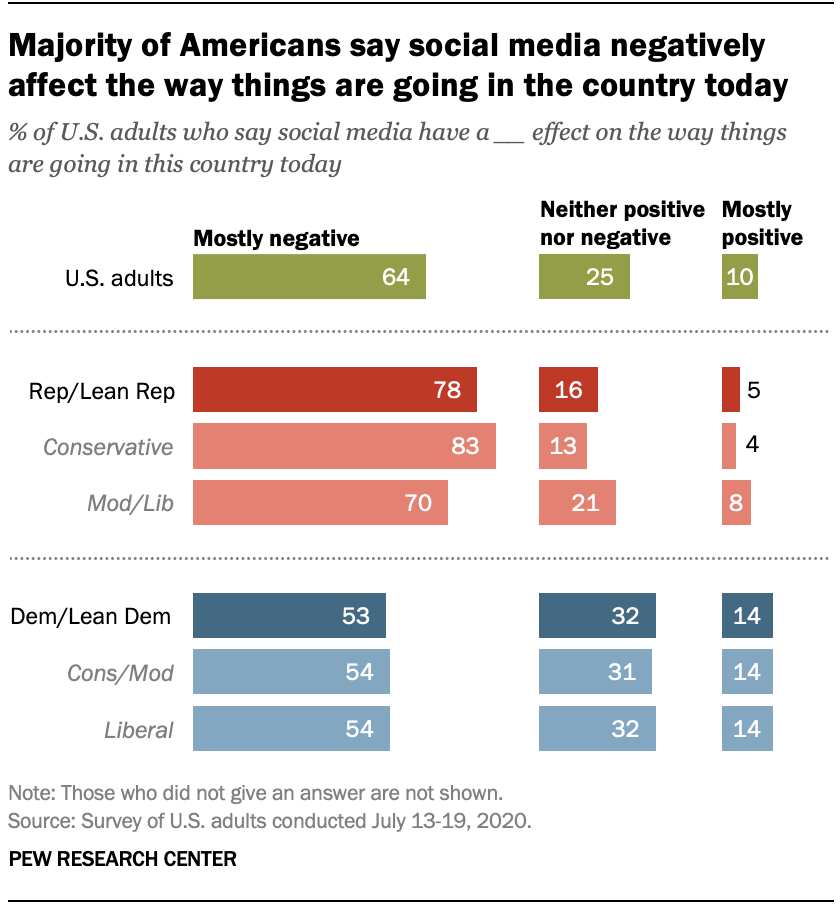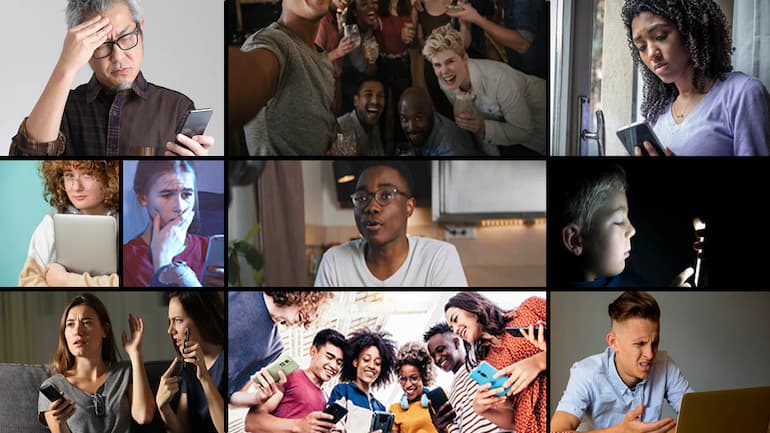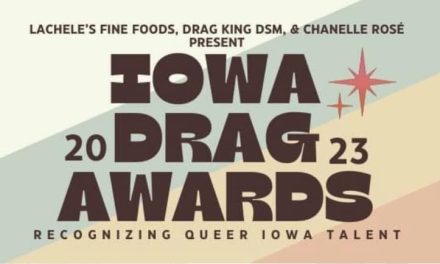Research shows that only 5 to 10 percent of Americans believe social media has an overall positive effect on us: we are almost all painfully, secretly aware that social media leads to increased depression, anxiety and feelings of isolation.
And yet, our usage of it keeps growing. A decade ago, we spent an average of 90 minutes on social media each day. This year, it’s estimated we spend an average of two hours and 24 minutes of every single day on social media, most studies show.
That’s equal to 10 percent of every day. To be more vivid, imagine being forced to give up 10 percent of everything you choose to do each day!
For the marginalized groups we aim to serve through The Real Mainstream, social media is an even bigger challenge, with even bigger impact.
Estimates are that 70 to 90 percent of Americans as a whole are now considered to have at least one social media account, while 80 to 91 percent of LGBTQ people are active on at least one social media account.
Some studies show much deeper disparities, with LGBTQ people having more than twice as much social media use of some platofrms. The LGBTQ connection to social media extends all the way back to 2013, when studies showed even then that 80 percent of LGBTQ people used social networks compared to only about 58 percent of the general population..
Teenage girls — meaning the women of tomorrow — are far more involved in social media than boys, and far more damaged by it, in far more ways, reports CBS News. They suffer more physically, and emotionally.
Black people are far more likely to both use social media for more meaningful purposes, reports Pew Research — AND to believe their social media efforts make a difference. In addition, Black youth are at an even greater risk of social media’s dangers, says another study: “adolescents of color spend 4½ more hours per day on average than their white counterparts using various forms of media, including mobile devices,” says the American Psychological Association. This exponentially multiplies the threats youths of color face from social media.
Despite all of this, we keep picking this poison.
The longer we live these double standards about social media, the longer we ‘ll be further damaged by it. It’s one motivation for this paper: the chance to push back constantly, even just a little, on that constant pull to the screen and the thinned-out communication it fosters. Getting you to read, and talk about what you read, is one way we can counter that poison. Thank you for taking a moment to receive this antidote.

Social media toxins helped inspire The Real Mainstream’s Return of the Print Edition
Social media is one reason we’re keeping print a top priority, to add another solid brick to the wall of protection against social media’s dangers. Something about the structure, intimacy and tactile nature of print media helps offset the often covert, passive-aggressive, and unaccountable world of social media, that often brings out the worst of us while simultaneously convincing us we’re showcasing the best of us.
Soon, we’ll cover more about social media:
- Filters: For the love of teenage girls and LGBTQ people … stop it!
- Hidden Dangers Creeping: Who Gets Hurt the Most, and How?
- Trauma Bonding and Social Media: In Too Many Others’ Shoes
- How We’re Shaping Our Own Future
- Proposed Code of Conduct for Social Media
With the cavalcade of subversive bad influences on social media, I see it as every responsible citizen’s duty to start adjusting their understanding of it, and how they use it. Stop thinking that you are somehow above the harm it does. The more you believe you are above the fray, the more likely it is you are enacting the damage without even realizing it.
To clarify, I’m not encouraging any path of toxic positivity online, of posting only things everyone agrees with. In fact, the false appearance of solidarity that social media provides our dopamine receptors through superficial interactions that discourage true communication (and critical thinking) is perhaps THE greatest danger and threat social media poses. (As I’ll often say, check out Black Mirror.)
I’m talking about ensuring we get into real-life complications, in a real way. Still take the time to handle things in real life that are now tackled largely snarking at each other on social media; walling off with our strongest supporters; and attacking, blocking, ghosting, or showing intentional disregard for those we disagree with.
I am certain that many of us, especially many leaders of movements for marginalized communities, have fallen numb to this truth. We feel as though social media is a necessary tool in our battles. But we’ve misled ourselves along the way about the dangers of social media. We’re so deeply vested in it, we are actually now part of its damage, feeding its worst effects without awareness. Breaking that cycle takes foresight, research, commitment, and bravery, because it’s a rough road to challenge “influencers.”
But the time is now. With Donald Trump fast re-emerging to rally his steadfast supporters largely through social media, now is not too soon to start being more vigilant and mindful of how much we allow social media to dominate our talking, listening and seeking to influence. The decisions we make are urgently and vastly impacting our psyches, beliefs, responses to conflict or challenge, self-esteem, our loved ones, those we dislike, our communities, and our futures.






